
If your LG washer is showing an IE error code, you’re in the right place.
In this article, we will walk you through all the main reasons why this occurs and how you can fix it.
The IE error code in LG washing machines signals that the washing machine is not able to fill up with enough water in the required time from when you turn it on to a cycle.
The most common reasons the IE error code appears include: the water supply isn’t turned on, you’re using the wrong hoses, blocked water hoses, and blocked water filters. Chances are one of these causes will be the reason the IE error code is showing.
This guide covers all major LG washer models, including:
RLM20K
WD-10271BD
WD-11275BD
WD-13276BDM
WD-90282BD
WM2233HW
WM2277HS
WM2301HR
WM2301HW
WM2455HG
WM2455HW
WM2455HW/00
WM2487HRMA/00
WM2487HWMA/00
WM2496HSM
WM2496HWM/00
WM2688HNM
WM2688HWMA/00
WM3070HWA
WM3470HVA
WM3470HWA
Step 1 – Check the Supply Taps
The best place to start is to check the water supply. If your hot and cold taps are not turned on or are only partially on, your washer won’t get enough water, and the IE error code will show on the display panel.
Here’s how to check the supply taps:
- Check that they are both turned on fully. If they are, move on to the next step.
- If not, turn them on and then check if the problem has been solved. If not, move on to the next step.
Step 2 – Check Which Hoses You Are Using
If your washing machine hoses are third party “FloodSafe” hoses, they might not be compatible with your LG washing machine. This is because the inlet valve can open up quickly and trigger the FloodSafe hose to stop supplying water to your washer. So, if you are using FloodSafe hoses, replace them with the LG factory hoses.
Step 3 – Check the Hoses for Damage
Sometimes the water hoses that supply water to the washing machine can become kinked, bent, cracked, or damaged in some other way. If this happens, water won’t be able to enter into your LG washing machine fast enough, and the IE error code might appear.
To check the hoses, you need to:
- Pull the washing machine out from the wall slightly so you can access the water hoses. Make sure you don’t pull the washing machine out too much, or the hoses might get damaged.
- Check the hoses for any kinks or cracks or if they are bent or otherwise damaged.
- If damaged in any way, fix the hoses or replace them if necessary. If they are fine, move on to the next step.
- Once repaired or replaced, turn your washer back on and check if the error code has gone. If not, move on to the next step.
Step 3 – Check the Hoses for Blockages
If the hoses are not bent or damaged, the next step is to take them off and check that there are no blockages in them. If they get blocked up with loose debris, water will not be able to get into your LG washing machine fast enough, and the IE error code will show.
Here’s how to check the hoses for blockages:
- Turn both the hot and cold taps off.
- Grab a bucket to drain the hoses into when you disconnect them.
- Disconnect the hoses (one by one) from the tap end first. Drain the water into the bucket.
- Once fully removed, check that the hoses are not blocked in any way. If they are, they will need to be cleaned and then reattached to the washing machine. If you don’t find any blockages, move on to the next step.
- Once cleaned out, don’t re-attach the hoses straight away – move on to the final step to check for additional blockages.
Step 4 – Check the Valve Filters
The final step is to check the valve filters. The purpose of the filters is to catch any loose debris, like dirt, grime, or other loose objects. When they do get blocked, the water supply will not operate correctly, and the IE error code will appear on your LG washing machine display panel.
Here’s how to check and then clean the filters:
- Check each of the inlet filters for any blockages.
- If they are blocked up or clogged with dirt or other debris, clean them out and then put them back in place.
- Once you’ve cleaned them out, you can reattach the hoses to the taps and washing machine.
- Check that the error code has gone, and if so, you can start to use your washing machine again!

How to Reset a Whirlpool Refrigerator Ice Maker
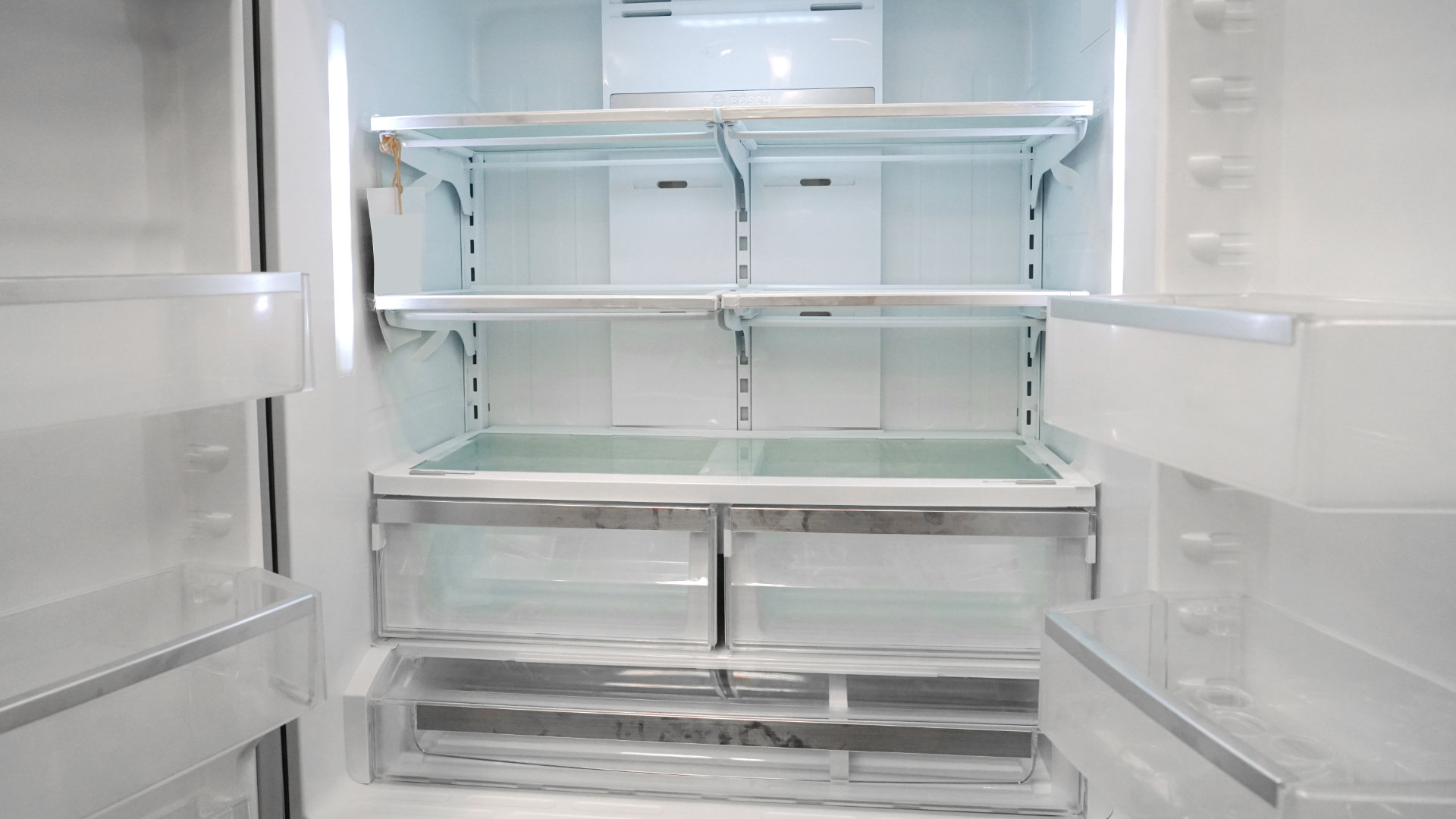
6 Reasons Your LG Refrigerator Is Not Making Ice

Kenmore Fridge Ice Maker Not Working? 5 Ways to Fix It
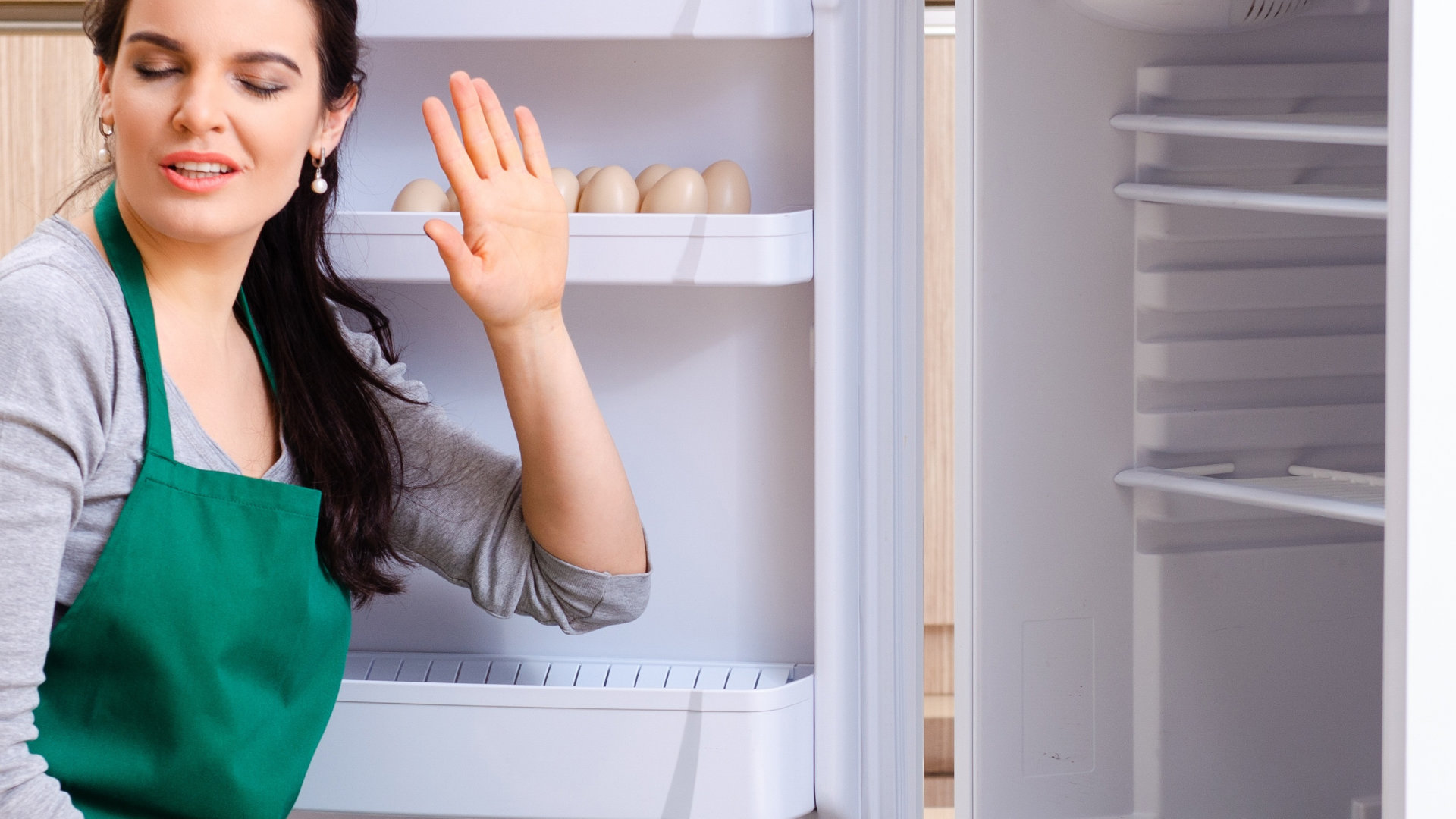
How to Remove Fish Smell from Your Refrigerator
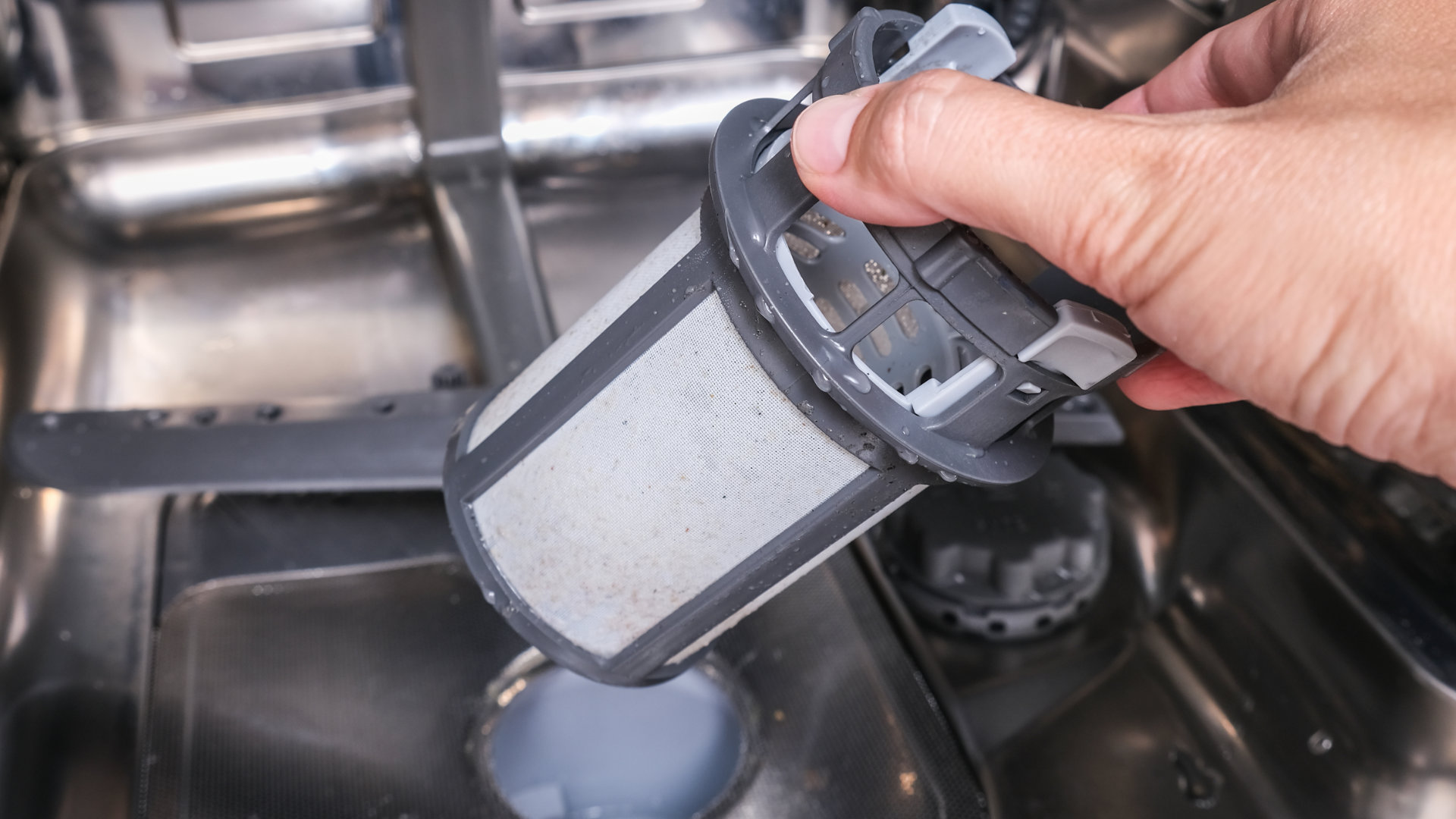
How To Fix Bosch Dishwasher E24 Error
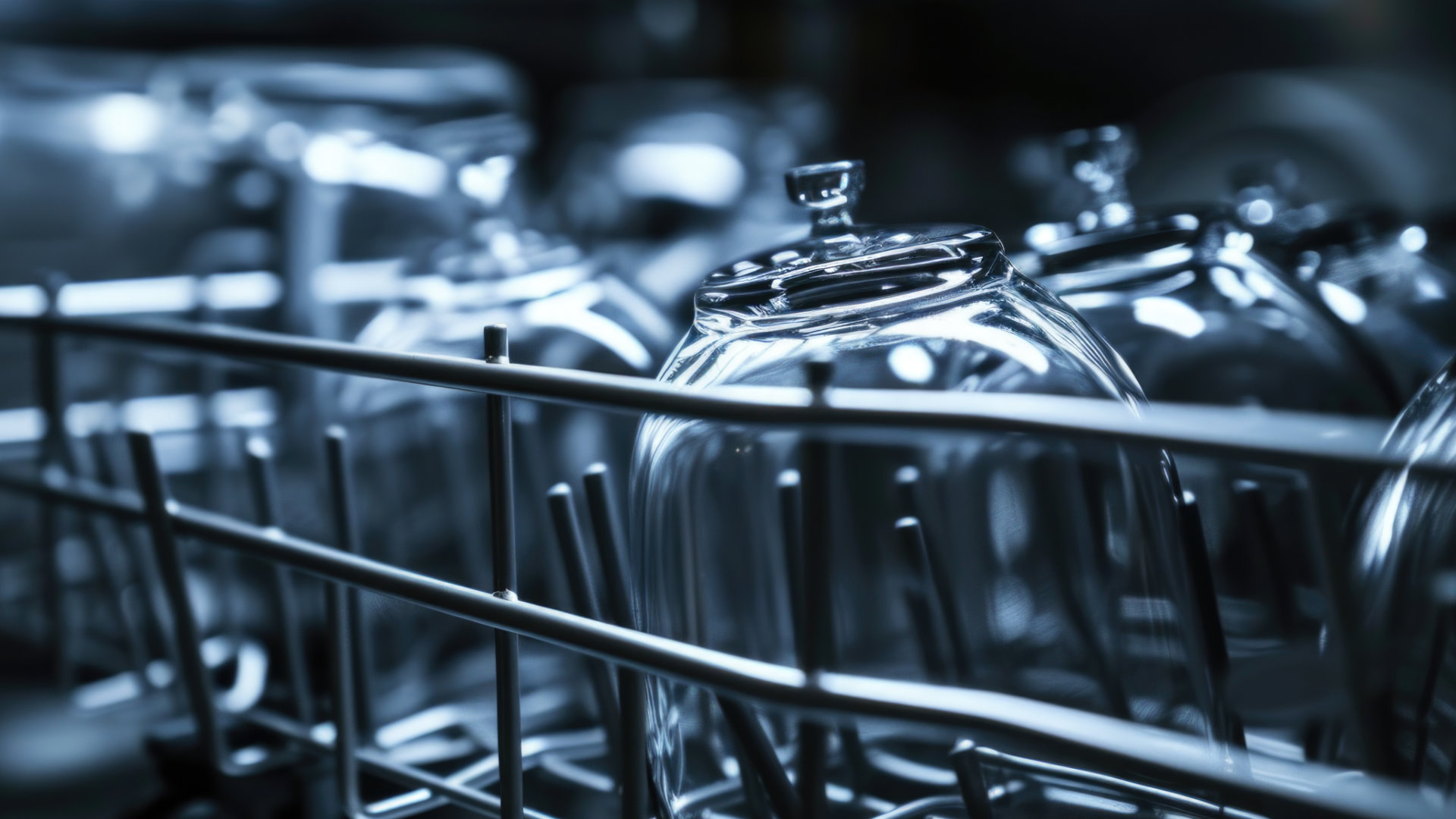
Troubleshooting a Whirlpool Dishwasher Not Draining

Why Is Your Fridge Water Not Working, but Ice Is?

How to Fix the E15 Bosch Dishwasher Error Code

How Much Power Does a Microwave Use?

How to Properly Clean Refrigerator Coils
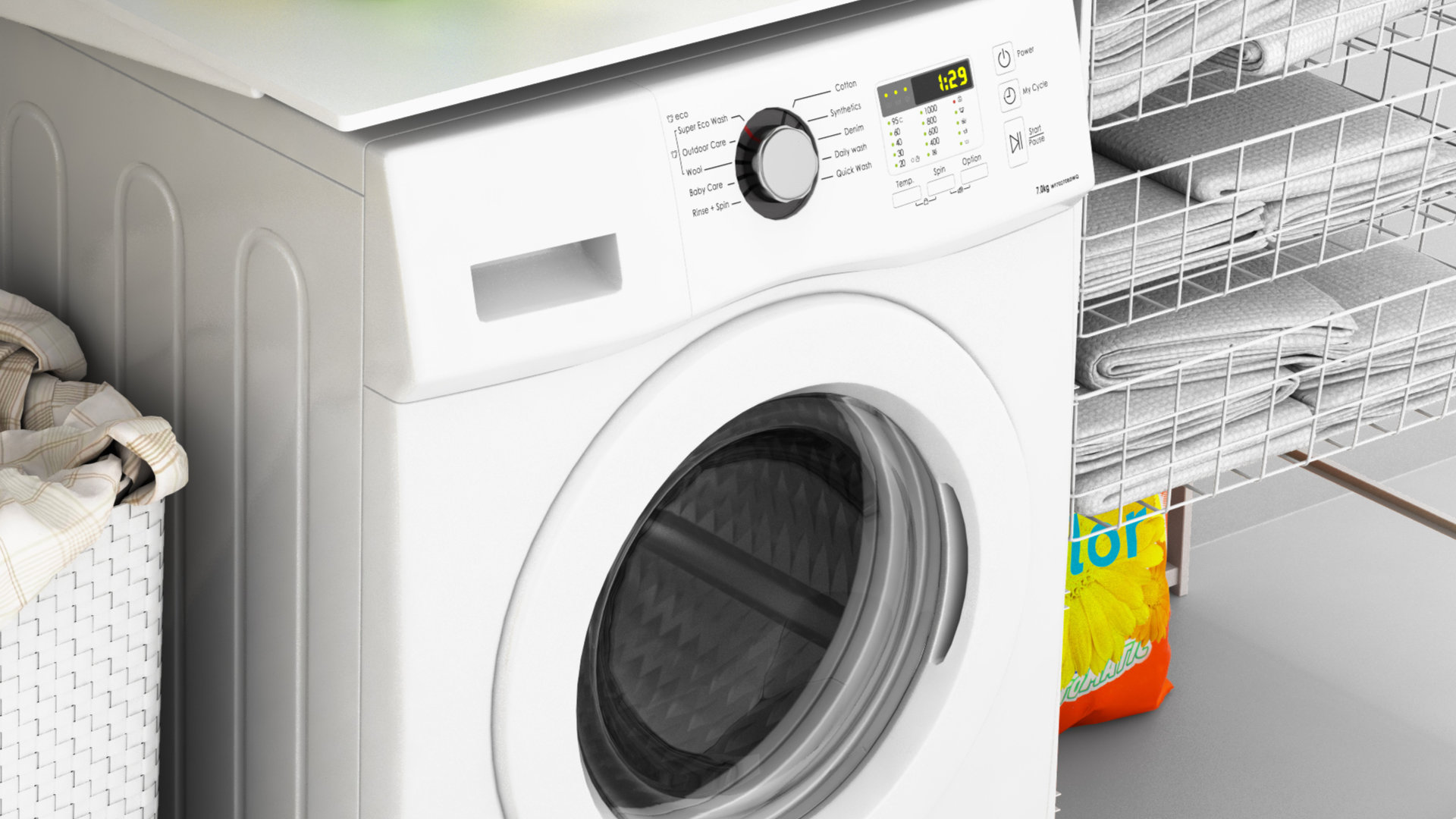
How to Fix an LG Washer Showing OE Error Code

Troubleshooting a GE Dishwasher with No Power and No Lights

10 Reasons Why Your Bosch Dishwasher Won’t Start

Troubleshooting the F5 Error Code with a Maytag Washer


